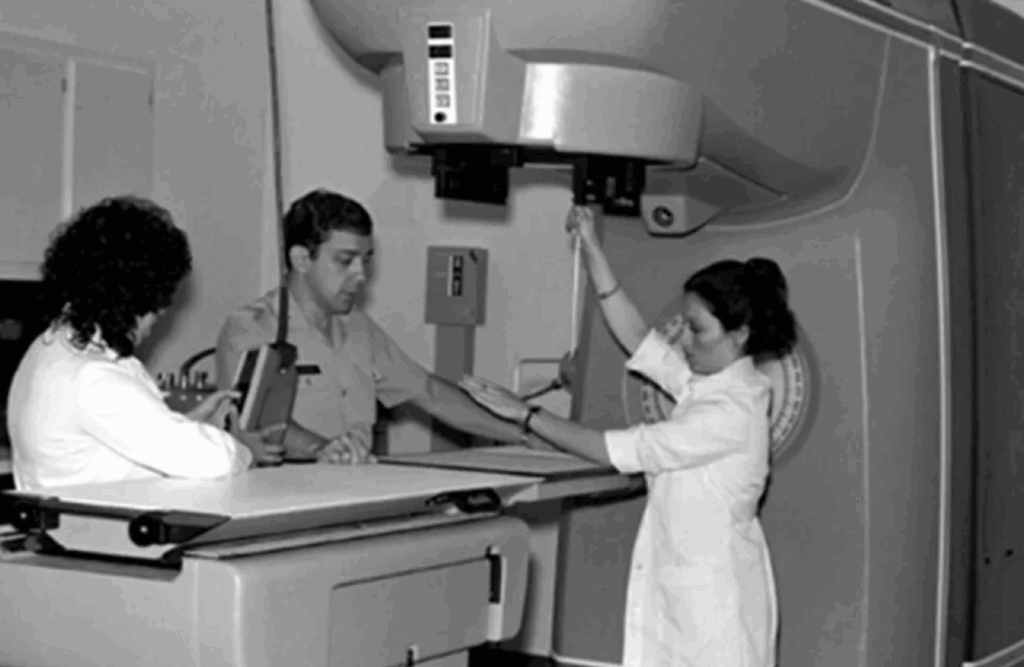Opinion article signed by Adem Tural. 1. Finding Bugs Encourages Us Testing software is like a treasure hunt: You can investigate the work of expert programmers and discover any flaws or defects in the software. It's a bit like hacking, but completely legal. Finding and fixing bugs gives me an adrenaline rush and I'm proud to help create solid, reliable software for end users. When I see stakeholders satisfied with the results of my hard work, it's very rewarding and makes my job even more satisfying. 2. Challenging the Mind As a software tester, you need a sharp mind to analyze the work of the best programmers. It's not just about solving problems, it's about finding them. You have to be critical, analytical and thorough in your approach. It's a challenge that requires creativity, an eye for quality and superior logic. Your mind is constantly engaged in solving puzzles and unraveling the mysteries of software. And you know what? It has made me more focused and detail-oriented, not only at work, but also in my personal life! 3. Improving Social Skills through Teamwork Software testing is not a one-person job, but a team effort that requires intense collaboration, working closely with functional specialists and technical experts who have different perspectives and angles. You need to understand, integrate and manage these different points of view, collaborating constructively to improve the quality of the solution. In this sense, it has helped me to improve my personal skills and thrive in a collaborative working environment. 4. Win-win: Learning from Colleagues One of the best things about being a software tester is the opportunity it gives you to learn and grow. At OMP, I'm constantly learning from my more experienced colleagues, some of whom are the best in their field. Collaborating with functional product managers, I review test cases while they generously share their time and knowledge, providing valuable information about various products and solutions. Their input helps me produce higher quality test scenarios for the end user. The developers teach me new technical skills, recognizing that my in-depth knowledge of the application enables me to carry out rigorous tests. In return, I help them improve the quality of their code. It's a win-win situation, constantly motivating me to keep learning and improving my skills. 5. exploring new technologies and methodologies Software testing is a dynamic field that is constantly evolving, offering interesting opportunities to explore new tools, technologies and testing methodologies as part of the job. I'm fortunate to work with cutting-edge tools and technologies, including JavaScript, Python, REST API, UI automation, Git, AzureDevOps, SQL Server, InfluxDB, Kubernetes (K8s) and cloud technologies. In addition, our team collaborates using scrum tools and agile methodology. As a software tester, we should aim to be at the forefront of the latest industry developments, continuously learning and adapting. 6. Thrive on Professional Diversity Finally, another thing I like most about software testing is the diversity. From front-end testing to API testing, performance testing, scalability testing, database testing and end-to-end testing, I'm always dealing with a variety of tasks simultaneously. I analyze requirements for validity and feasibility, run different tests and participate in a number of projects, all at the same time. It's like being a complete project manager, juggling multiple tasks and challenges without ever getting bored The original article via OMP can be read here.











